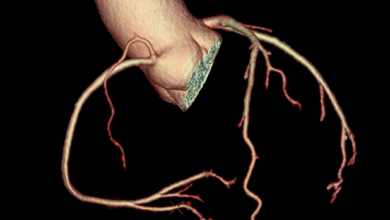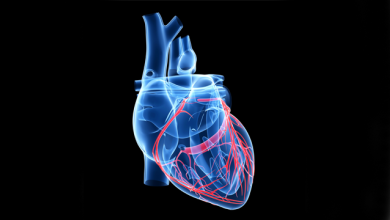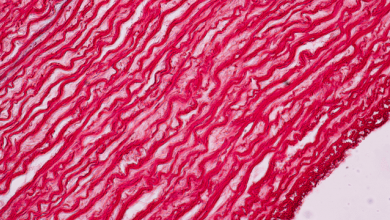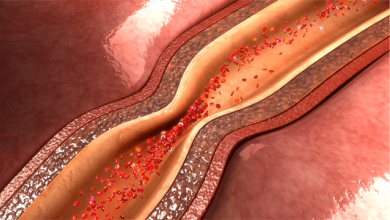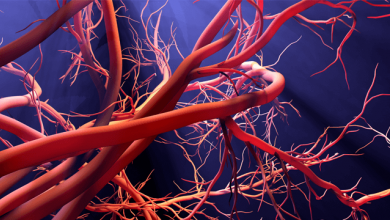Search results
Author(s):
Shigeo Godo
,
Jun Takahashi
,
Satoshi Yasuda
,
et al
Added:
3 years ago
Author(s):
Shigeo Godo
,
Jun Takahashi
,
Takashi Shiroto
,
et al
Added:
1 year ago
Author(s):
Niels Voigt
,
Dobromir Dobrev
Added:
3 years ago
Atrial fibrillation (AF) is common and is associated with significant cardiovascular morbidity and mortality, with stroke being the most critical complication.1,2 Drugs presently used for AF therapy have major limitations, including incomplete efficacy and risks of life-threatening proarrhythmic events (antiarrhythmic drugs) and bleeding complications (anticoagulants).3 Non-pharmacological…
View more
Author(s):
Astrid Hubert
,
Andreas Seitz
,
Valeria Martínez Pereyra
,
et al
Added:
3 years ago
Coronary artery spasm (CAS) is an established cause for anginal chest pain, the cardinal symptom of myocardial ischaemia, in patients with angiographically unobstructed coronary arteries. Evidence from large clinical studies has revealed that about 50% of patients undergoing diagnostic coronary angiography for suspected coronary artery disease (CAD) had either normal or near normal coronary…
View more
Author(s):
Gaetano Antonio Lanza
Added:
3 years ago
Up to 50% of patients who undergo elective coronary angiography for stable chest pain symptoms that are mainly related to exercise and typical enough to suggest the presence of obstructive coronary artery disease (CAD) are found to have normal or near-normal coronary arteries.1 The mechanisms responsible for angina chest pain in these patients are heterogeneous; accordingly, their identification…
View more
Author(s):
Maria Teresa Bayo Jimenez
,
Omar Hahad
,
Marin Kuntic
,
et al
Added:
1 year ago
Author(s):
Jun Takahashi
,
Akira Suda
,
Kensuke Nishimiya
,
et al
Added:
2 years ago
Author(s):
Haider Aldiwani
,
Suzan Mahdai
,
Ghaith Alhatemi
,
et al
Added:
2 years ago
Author(s):
Giuseppe Gullace
,
Hassan Khalaf
Added:
3 years ago
The endothelium, which was initially considered to be a semipermeable barrier separating lumen from vessel wall, is now recognised as a complex endocrine organ responsible for a variety of physiological processes vital for vascular homeostasis. These include the regulation of vascular tone, luminal diameter and blood flow; haemostasis and thrombolysis; platelet and leucocyte vessel-wall…
View more
Neuroendocrine System Regulatory Mechanisms: Acute Coronary Syndrome and Stress Hyperglycaemia
Author(s):
Ricardo A Perez de la Hoz
,
Sandra Patricia Swieszkowski
,
Federico Matias Cintora
,
et al
Added:
3 years ago
Article








